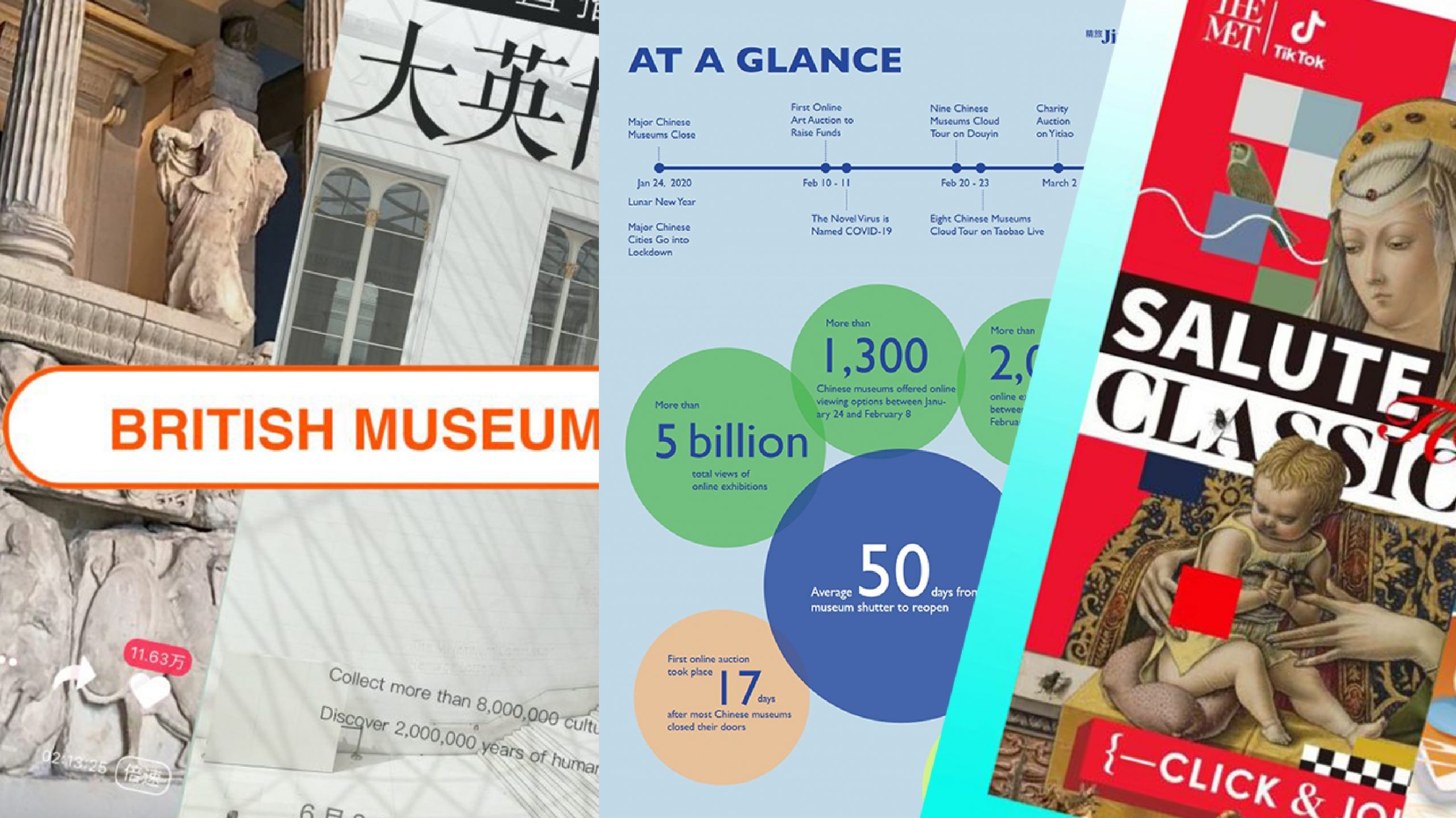In late January 2020, as China battled an epidemic and plunged into lockdown, the nation’s cultural administration issued a statement compelling museums to use new technologies to promote culture and entertain a citizenry facing a challenging new reality. Museums responded with a bevy of digital innovations — moves that would be echoed by international counterparts as the world followed China’s fate in the ensuing months.
COVID-19 has fundamentally altered how cultural institutions operate and connect with audiences, forcing a digital pivot that will far outlive the physical disruptions of 2020. As a publication focused on the intersection of art, culture, and technology, we’ve covered the explosion of cultural livestreaming, the emergence of TikTok and Douyin in the cultural sector, the growing number of Western museums using WeChat Mini Programs, and much more. Here are Jing Culture & Commerce’s Top 10 articles from 2020:
10. Museums and Mobile Gaming: The Next Digital Frontier
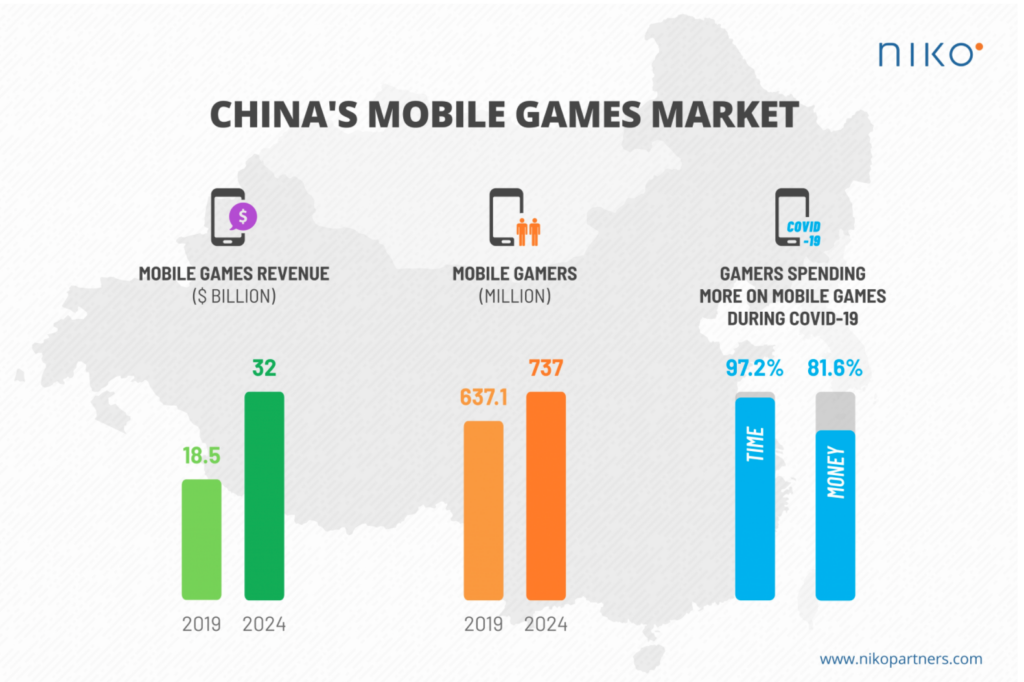
China’s mobile games market has grown tremendously since 2019. It is now worth more than 25% of the global mobile games market. Source: Niko Partners
The gaming industry is one of few that enjoyed a fruitful and profitable 2020 — growing 10 percent in revenue by some estimates. The pandemic accelerated a trend of prominent museums collaborating with major game developers to integrate IPs into games and digitize exhibitions. In China, the resurgent popularity of traditional arts and culture with young consumers makes the two creative industries ideal partners. Watch this space in 2021.
9. Decoded: How to Build a WeChat Mini Program
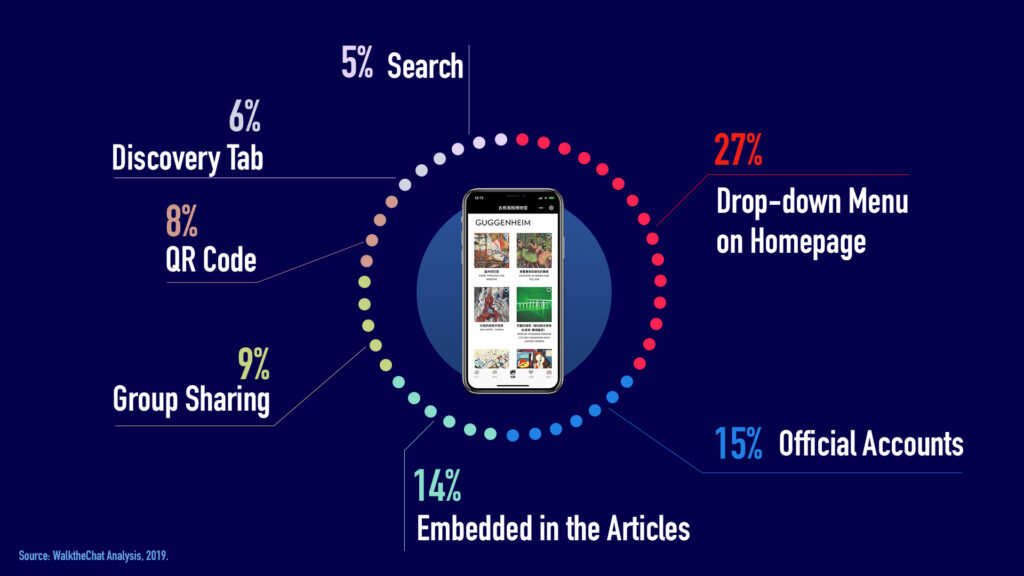
Mini Programs have more than 300 million daily active users. Image: Peter Huang
Tencent’s applets are now an essential communication and revenue generation tool for tourism and culture-oriented organizations. Mini Programs are an excellent starting point for Western organizations looking to grow in China, says digital marketing expert Jessica Dai, in a step-by-step guide.
8. Tencent’s WeChat Go Collaborates with 11 U.S. Museums
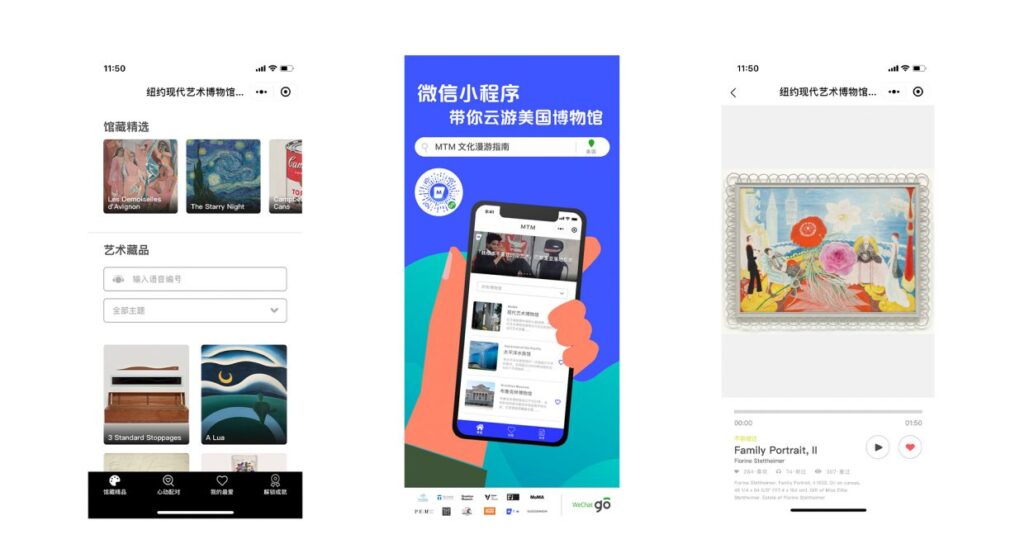
“Museum in the Cloud” is Tencent’s latest initiative bringing global institutions to the fingertips of WeChat users. Image: Peter Huang
Even under lockdown, American cultural destinations demonstrated a willingness to maintain long-term engagements with Chinese audiences. Tencent led some of the nation’s most prestigious museums, including MoMA and the Guggenheim, to create WeChat Mini Programs, essentially non-downloadable apps inside China’s top social media platform. Dynamic, highly customizable, and cost efficient, Mini Programs are already a staple tool for Chinese museums and are quickly becoming so for international counterparts.
7. How teamLab Shanghai Incentivizes Visits

Attractions have been sluggish to accept online bookings, receiving 25 percent of bookings digitally compared to 75 percent by hotels, according to Arival. Image: teamLab Borderless Shanghai | WeChat Account.
teamLab, the art collective known for kaleidoscopic light and sound exhibitions, divides opinion. To some, the self-described ultra-technologists project the future of art experiences (quite literally); to others, the immense exhibitions are little more than photogenic backgrounds for social media posts. Either way, teamLab’s first permanent space in China, in Shanghai’s emerging art district, is well-suited to the tastes of young Millennial and Gen Z audiences.
6. Riding the TikTok Wave: How 15 Minutes Can Grow Your Audience
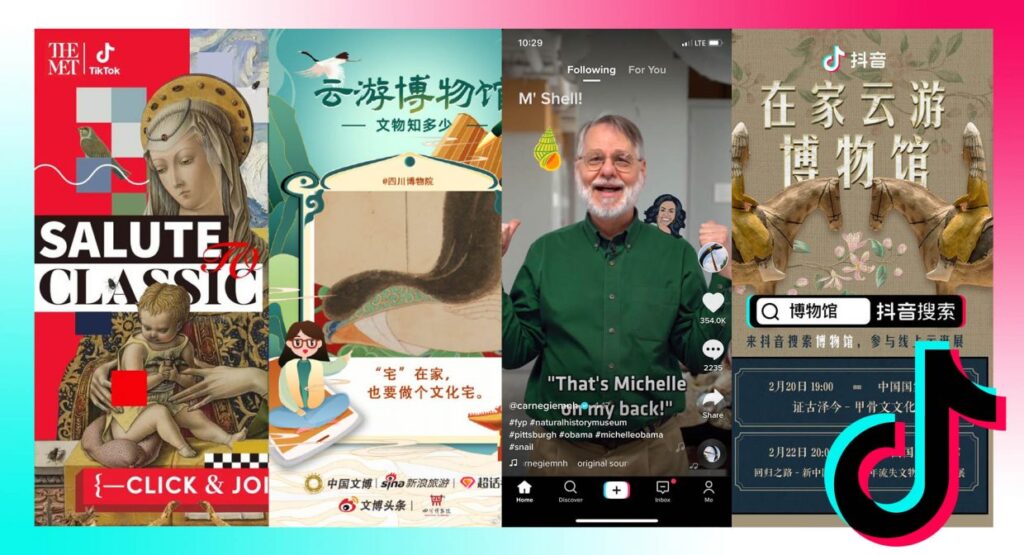
China’s national heritage sites received 3.33 billion likes on Douyin in 2019. In China most major arts institutions use the short-video app to engage and educate. Image: Tencent (left), Weibo (center left), Carnegie Museum of Natural History (center right), Weibo (right)
With upward of 800 million global users, TikTok cemented its status as the world’s foremost short-video app in 2020. Content verticals extend far beyond the lip-syncing and dance routine videos with which ByteDance’s signature creation became synonymous. An increasing number of museums, from Florence’s Uffizi to Pittsburgh’s Carnegie Museum of Natural History, are embracing the app and reaching new audiences in the process.
5. Money Streams: British Museum and Fliggy’s Latest Partnership

The British Museum received 116k likes throughout its two-hour broadcast on Fliggy and Taobao apps. Image: Peter Huang
Few global museums are more in tune with Chinese cultural trends than the home of the Rosetta Stone. Having built a strong social media and e-commerce presence over the past decade, the British Museum collaborated with Alibaba to host a livestream despite being closed to the public. Beyond offering 300,000+ Chinese intimate access to wonders from ancient Egypt and Greece, the event allowed viewers to purchase merchandise in real time.
4. The Chinese Toy Giant with Art World Designs
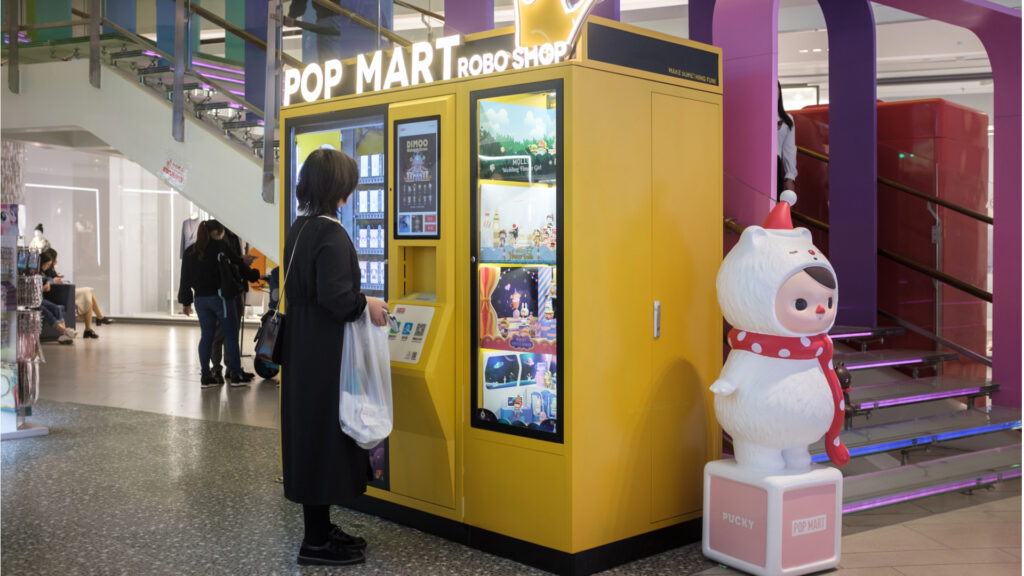
Pop Mart sells its blind boxes through automatic toy dispensers known as roboshops. Image: Shutterstock.
Pop Mart is China’s most popular collectible toy designer. It boasts a 8.5 market share, holds 85 unique IPs, and hosts conventions that draw nearly 100,000 ardent fans. Its Overseas Marketing Director, Jojo Lee, discusses the innovative “blind box” and “roboshop” selling strategy, the brand’s collaborations with museums, and why art toys “offer a window onto the aesthetics that young people like.”
3. Virtual Tours and Gamification, China’s Museums Pivot Content for Coronavirus

Palace Museum offers three virtual tours of China’s Imperial home. Image: Sina.com.cn
In late January, China’s National Cultural Heritage Administration issued a statement strongly encouraging museums to “promote new technology and inheritance of our country’s cultural heritage.” The response was swift, far-reaching, and impressively creative. Exhibition digitization, mobile games, and charity auctions stood out as particularly strong examples of how museums coped in entirely new circumstances.
2. Alibaba Livestreams Connect Europe to China’s Future Travelers
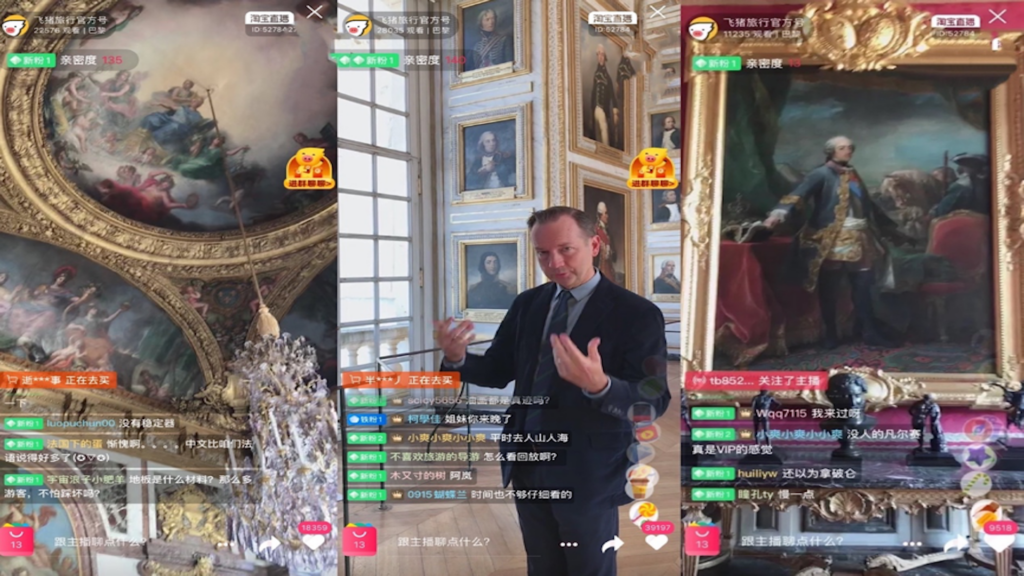
Chinese audiences are increasingly visiting cultural institutions via livestream with Alibaba’s tour of eight Chinese museums in February drawing 10 million viewers. Source: Fliggy.
2020 was the year livestreaming became an essential strategy for Chinese tourism and culture stakeholders. As lockdowns brought global travel to a standstill, Alibaba’s travel arm Fliggy delivered this innovative engagement tool to its international partners, allowing millions of Chinese to experience iconic destinations including Versailles, the Louvre, and the British Museum virtually. The team behind the remarkable digital strategy reflects on the medium’s growth and explains the keys to a successful cultural livestream.
1. Special Report: Chinese Museum Digital Strategies During Coronavirus
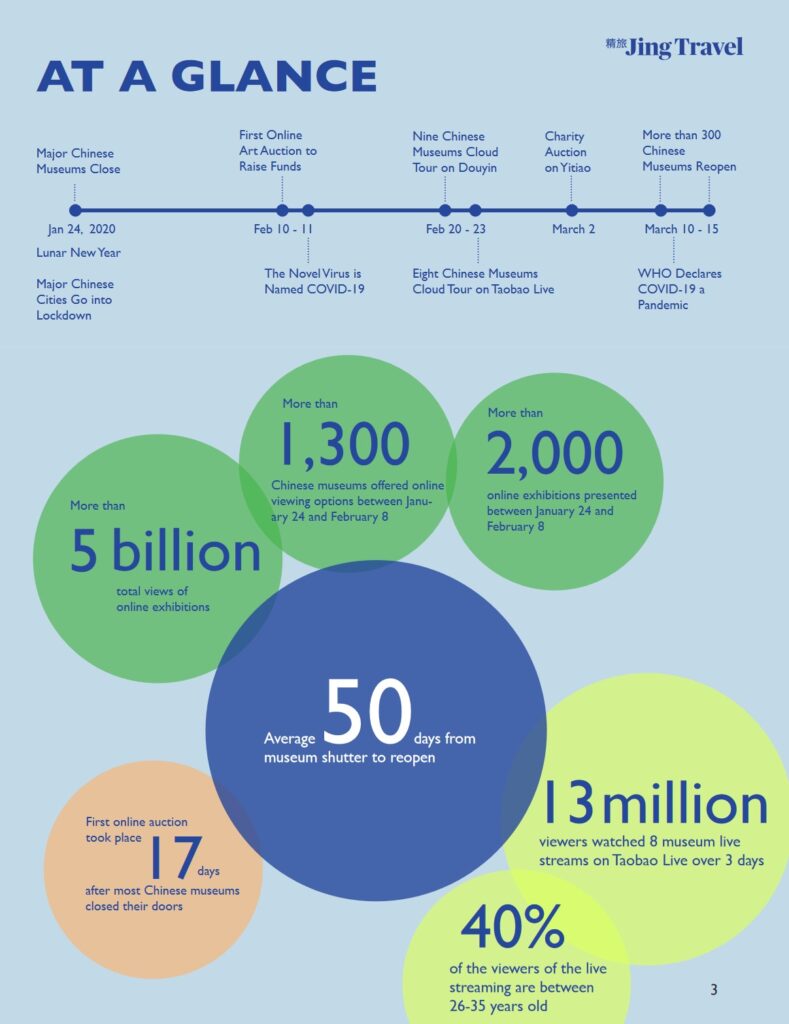
In January, China was readying itself for the busiest and most lucrative travel period of the year: Lunar New Year. Then coronavirus struck, sending the country into a three-month lockdown. From giant state museums to private art galleries, China’s cultural sector responded with a flurry of digital exhibitions, online charity auctions, and livestreams. These innovations were incorporated into cultural strategies once China reopened, and are enduring as viable models for audience engagement and revenue generation.

